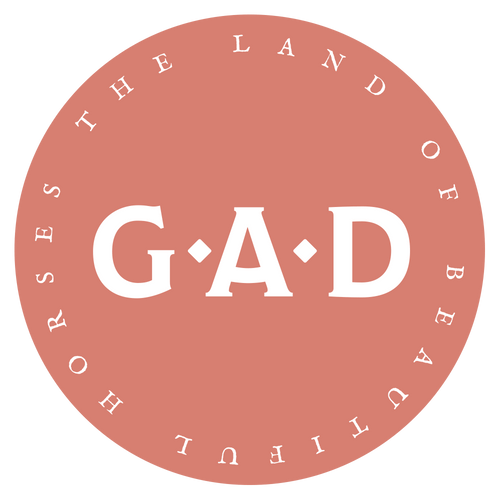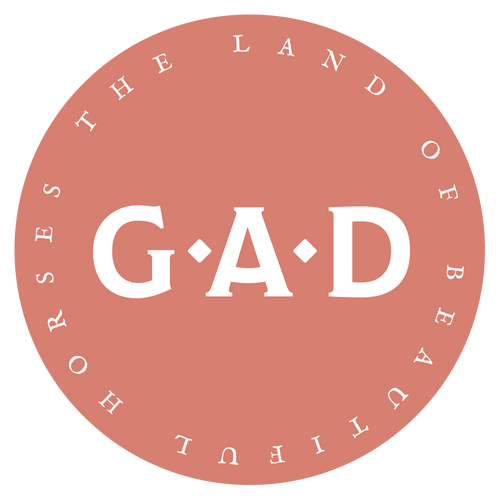A leather belt is more than just a functional accessory—it’s a statement of style, quality, and craftsmanship. Whether you're dressing up for a formal occasion or keeping it casual with jeans, choosing the right leather belt can elevate your look. But with so many options available, how do you determine the best leather belt for your needs?
In this guide, we’ll explore different belt styles, leather grades, and essential buying tips to help you invest in a high-quality belt that lasts. Whether you’re searching for the best leather belts, full-grain leather belts, or men's leather belts, we’ve got you covered.
Types of Leather Belts
Not all leather belts are created equal. Depending on their construction and style, some belts are better suited for formal wear, while others are designed for casual outfits. Here are the most common types:
1. Dress Belts
-
Best for: Suits, formal attire, office wear
-
Width: Usually between 1 inch to 1.5 inches
-
Leather Type: Full-grain or top-grain leather
-
Buckle Type: Slim, polished metal buckles
Why Choose a Dress Belt? A good dress belt should complement your shoes and suit. Full-grain leather belts with a sleek buckle work best for professional and elegant looks.
2. Casual Belts
-
Best for: Jeans, chinos, and everyday wear
-
Width: Typically wider than dress belts (1.5 inches or more)
-
Leather Type: Full-grain, top-grain, or genuine leather
-
Buckle Type: Larger buckles, often with a matte or rustic finish
Why Choose a Casual Belt? Casual belts offer more variety in textures, colors, and buckles. They’re great for adding personality to your outfit while ensuring durability.
3. Work/Utility Belts
-
Best for: Heavy-duty work, outdoor activities, tactical use
-
Width: Around 1.5 to 2 inches
-
Leather Type: Thick, full-grain leather or reinforced leather
-
Buckle Type: Heavy-duty metal or roller buckles
Why Choose a Work Belt? If you need a belt that can handle tough conditions, opt for a sturdy work belt. These belts are built for durability and support, making them ideal for workers, law enforcement, and outdoor enthusiasts.
4. Braided Leather Belts
-
Best for: Business-casual outfits, summer styles
-
Width: Usually between 1 inch to 1.5 inches
-
Leather Type: Top-grain or genuine leather
-
Buckle Type: Traditional prong or polished metal buckles
Why Choose a Braided Belt? Braided leather belts provide flexibility and a unique texture, making them a stylish alternative to traditional leather belts.
5. Western Belts
-
Best for: Cowboy boots, country-style fashion
-
Width: Wider than standard belts, often over 1.5 inches
-
Leather Type: Full-grain leather with embossed or tooled designs
-
Buckle Type: Decorative buckles, often large and ornate
Why Choose a Western Belt? These belts make a bold statement with intricate designs and oversized buckles, adding character to any western-inspired outfit.
Understanding Leather Grades
The quality of a leather belt depends on the type of leather used. Let’s break down the most common leather grades:
1. Full-Grain Leather (Best Quality)
-
The strongest and most durable leather
-
Retains natural grain patterns and develops a rich patina over time
-
Resistant to cracking and stretching
-
Used in high-end, premium leather belts
2. Top-Grain Leather
-
Slightly sanded to remove imperfections
-
Softer and more flexible than full-grain leather
-
Still high-quality but lacks the same durability and patina development
3. Genuine Leather (Mid-Range Quality)
-
Made from lower layers of the hide, bonded together
-
Less durable than full-grain or top-grain leather
-
Often found in budget-friendly belts
4. Bonded Leather (Lowest Quality)
-
Made from leather scraps pressed together with adhesives
-
Prone to cracking and peeling over time
-
Not recommended for long-term use
If you want a belt that lasts for years, always opt for full-grain leather belts—they are the highest quality and improve with age.
How to Choose the Right Leather Belt
When shopping for the perfect leather belt, keep these key factors in mind:
1. Size & Fit
-
The right belt size is usually one size up from your pant size.
-
Example: If you wear size 34 pants, a size 36 belt is ideal.
-
Ensure the belt fits comfortably in the middle hole for the best look and adjustability.
2. Buckle Type
-
Prong Buckle: Classic and suits both formal and casual belts
-
Ratchet Buckle: Offers micro-adjustments for a perfect fit
-
Frame-Style Buckle: Traditional and found in dress belts
-
Western Buckle: Large, decorative buckles for statement belts
3. Leather Quality
-
Full-grain leather is always the best choice. It lasts the longest and develops a beautiful patina.
-
Avoid bonded leather—it deteriorates quickly.
4. Color Matching
-
Black belts pair best with black shoes.
-
Brown belts go with brown or tan shoes.
-
Tan and distressed leather belts work well for casual outfits.
5. Stitching & Craftsmanship
-
High-quality belts have tight, even stitching with no loose threads.
-
Handmade belts often have better durability than mass-produced belts.
Caring for Your Leather Belt
A well-maintained leather belt can last decades. Here’s how to keep yours in top shape:
-
Clean regularly: Wipe with a damp cloth to remove dust and dirt.
-
Condition occasionally: Use leather conditioner to keep the leather soft and prevent cracking.
-
Store properly: Hang or roll your belt to avoid creases.
-
Avoid excessive moisture: Water can weaken leather fibers, so keep your belt dry.
A quality leather belt is an essential wardrobe staple that combines function and style. By choosing full-grain leather belts, paying attention to buckle styles, and ensuring proper sizing, you’ll invest in a belt that enhances your outfit and lasts for years.
Whether you're looking for men’s leather belts for formal wear or a rugged casual belt for everyday use, always prioritize craftsmanship and material quality. With the right belt, you’ll enjoy timeless elegance and durability.
Looking for the best leather belts? Browse our premium collection of handcrafted, full-grain leather belts today!


